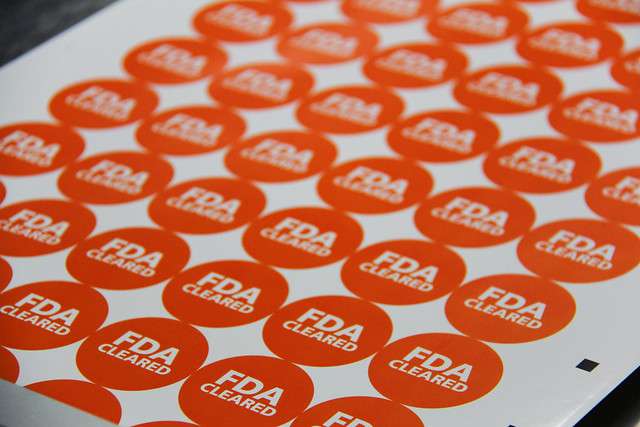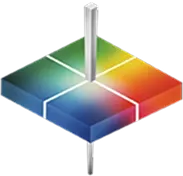
Technology plays an important role in today’s pharmaceutical market, and spectral technology is often used to meet the many regulations and standards that accompany pharmaceutical products. American’s rely on the Food and Drug Administration (FDA) to ensure that prescription drugs and over-the-counter medications are both safe and effective for use. That is why the FDA has set standards to monitor the quality of pharmaceuticals using Current Good Manufacturing Practice (CGMP) guidelines1. Though many consumers are unaware, CGMPs help monitor pharmaceutical processes by insisting on the latest technology for safety and effectiveness.

Spectral technology offers many various methods of analysis in pharmaceutical testing to ensure product safety, effectiveness, and quality. Image Source: Flickr user Steve Jurvetson



